Introduction
Adi Kailash, also referred to as Shiva Kailash, Chota Kailash, Baba Kailash, or Jonglingkong Peak, stands majestically in the Himalayan range within Uttarakhand’s Pithoragarh district, India. This sacred mountain, along with the Limpiyadhura Pass, holds profound significance for spiritual seekers and adventurers alike.
Adi Kailash & Om Parvat Yatra Circuit: Two Pathways to Tranquility
The Adi Kailash Yatra Circuit offers two enchanting routes for pilgrims seeking spiritual enlightenment and natural beauty. Embarking on this journey is a profound experience that lets you connect with your inner self while surrounded by the breathtaking Himalayan landscape.
Route 1: Embrace the Eastern Path
The first route, via Gunji, takes you on an unforgettable journey along the Pithoragagh-Lipulekh Pass Highway (PLPH). This well-paved motorable road leads through Gunji-Lampiya Dhura Pass Road (GLDPR) within the mesmerizing Kuthi Yankti Valley. As you traverse this route, your heart will be captured by the serene beauty of the landscape.
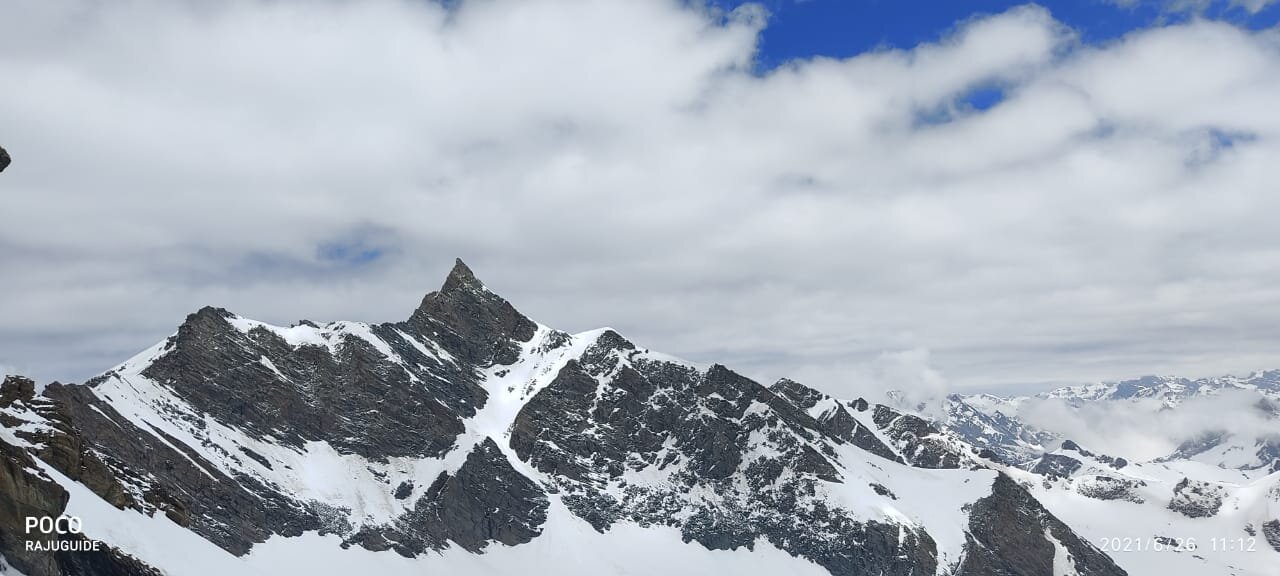
Route 2: The Western Gateway
For those who prefer the western route, the second pathway through Darma Valley unveils a unique charm. This route involves crossing the Sin La pass south of Brahma Parvat, guiding you to Kuthi Yankti Valley and the tranquil Jolingkong Lake Base Camp. This experience of natural wonder and spiritual awakening is a true testament to the magnificence of Adi Kailash.
Adi Kailash & Om Parvat: A Divine Spectacle
While on your journey, you’ll encounter the awe-inspiring Om Parvat. Nestled along the Mount Kailash-Lake Manasarovar yatra route, this divine landmark is a sight to behold. Many pilgrims choose to deviate from their path to witness the mesmerizing Om Parvat, adding an extra layer of reverence to their expedition.
First Ascents: A Tribute to Sacredness
The ascent of Adi Kailash holds deep respect for its sacred nature. In 2002, an Indo-Aussie-British-Scottish team embarked on the first attempt, reaching within 200 meters of the summit. A second successful ascent was made in 2004 by a British-Scottish-American team, who withheld the final few meters of ascent out of reverence for the sanctity of the peak.
Adi Kailash & Om Parvat Yatra Circuit: Unveiling Hidden Routes
TheAdi Kailash Yatra Circuit weaves through the majestic landscapes, inviting you to explore the hidden gems of the region. Whether you choose the eastern or western route, the journey promises an unforgettable connection with nature and spirituality.
Motorable Routes: Your Gateway to Adi Kailash
Reaching Adi Kailash has never been easier. If you’re approaching from Dharcula and other parts of India, follow the western bank of Sharda River at Gunji. This route splits into two motorable pathways: one leading north to Kailash-Mansarovar and the other to the west, guiding you to the enchanting Adi Kailash.
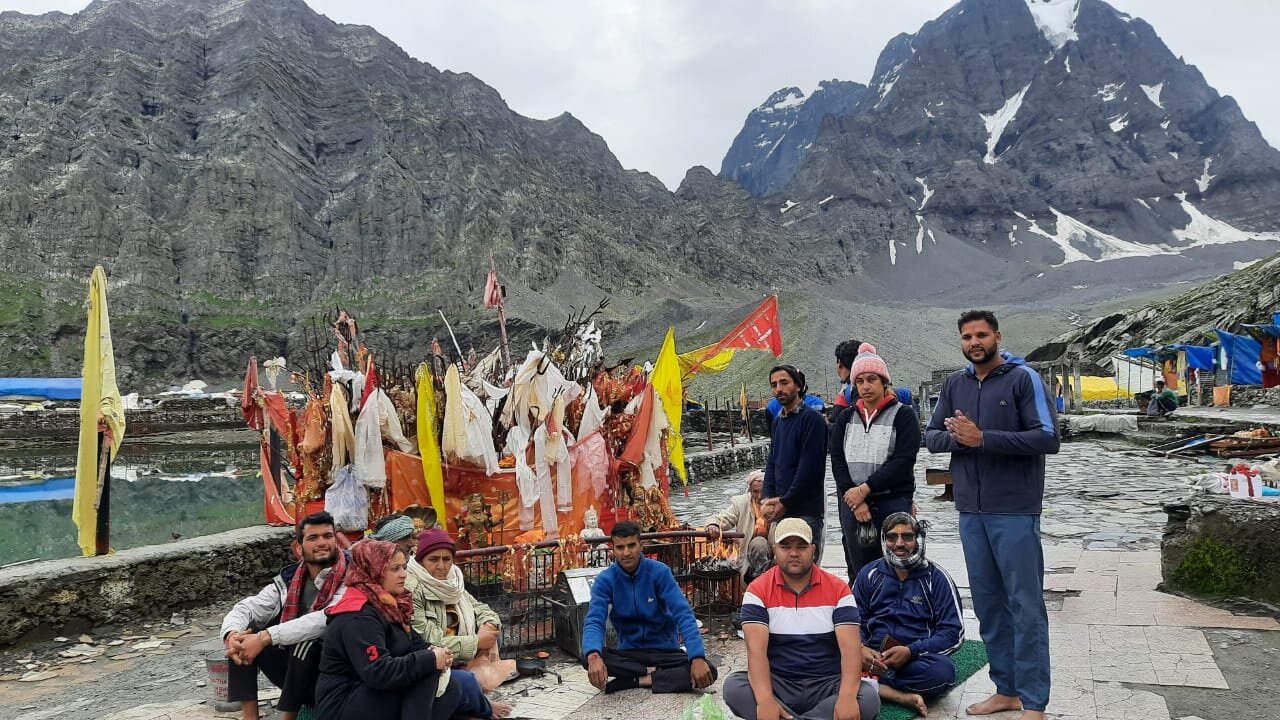
Modern Convenience: Redefining the Journey
With recent infrastructure developments, the trekking time to Adi Kailash has been significantly reduced. A newly constructed road from Gunji to Limpiyadhura Pass now offers a convenient two-hour journey. This modern approach ensures that your spiritual voyage remains accessible and unforgettable.
Conclusion: Embrace the Spiritual Odyssey
As you embark on the Adi Kailash Yatra, you are not merely embarking on a physical journey, but a profound spiritual odyssey. The sacredness of Adi Kailash and its breath-taking surroundings will leave an indelible mark on your heart and soul. Allow yourself to be embraced by the mystique of this majestic Himalayan destination and experience a transformational journey of a lifetime.
Frequently Asked Questions (FAQs) – Adi Kailash Yatra: A Spiritual Expedition
1. What is Adi Kailash & om Parvar Yatra, and why is it significant?
Adi Kailash & om Parvar Yatra is a spiritual pilgrimage that takes you to the revered Adi Kailash mountain, also known as Shiva Kailash. This sacred journey holds immense significance for Hindus and spiritual seekers, offering an opportunity to connect with nature and inner self.
2. How do I reach Adi Kailash?
There are two main routes to reach Adi Kailash. The first route begins at Gunji and follows the Pithoragagh-Lipulekh Pass Highway (PLPH). The second route starts from Darma Valley, crossing the Sin La pass, and leading to Kuthi Yankti Valley. Both routes provide unique experiences and breathtaking landscapes.
3. What is the best time to undertake the Adi Kailash Yatra?
The best time for the Adi Kailash Yatra is during the summer months of May to June and September to October. The weather is relatively pleasant, and the routes are accessible during these periods.
4. Is the Adi Kailash Yatra suitable for beginners?
The Adi Kailash Yatra can be physically demanding, particularly the trekking portions. While the experience is rewarding, it is advisable to have a reasonable level of fitness and prior trekking experience.
5. Can I visit Om Parvat during the Adi Kailash Yatra?
Yes, many travelers choose to make a diversion to view Om Parvat during their Adi Kailash Yatra. Om Parvat is located along the Mount Kailash-Lake Manasarovar yatra route and adds an extra dimension of spiritual significance to the journey.
6. What are the accommodation options during the yatra?
Accommodation options vary along the route. Some areas offer guesthouses and basic lodgings, while camping is also a common option. It’s advisable to carry essential camping gear and check for available accommodations in advance.
7. Is the Adi Kailash Yatra suitable for senior citizens?
The Adi Kailash Yatra involves trekking and can be physically challenging. Senior citizens should carefully assess their physical condition and consult a medical professional before embarking on the journey.
8. Are there medical facilities available during the yatra?
Basic medical facilities are available at certain points along the route, but it’s essential to carry a basic first aid kit and any necessary prescription medications.
9. What is the cultural significance of Adi Kailash?
Adi Kailash holds deep cultural and spiritual significance, particularly for Hindus. It is believed to be the abode of Lord Shiva, making it a revered pilgrimage destination.
10. Are there any local customs or guidelines I should be aware of during the yatra?
Respect for the local culture and environment is crucial. It’s recommended to dress modestly, follow local customs, and be mindful of the delicate Himalayan ecosystem.
11. Can I undertake the yatra independently, or do I need a guide?
While some experienced trekkers may choose to go independently, having a knowledgeable local guide can enhance the experience by providing insights into the region’s culture, history, and spirituality.
12. How can I prepare for the physical demands of the yatra?
Physical preparation is essential. Regular cardiovascular exercises, strength training, and practicing trekking with a loaded backpack can help prepare your body for the challenges of the yatra.
13. Are there any special permits required for the Adi Kailash Yatra?
Yes, permits are required to undertake the Adi Kailash Yatra, particularly for certain restricted border areas. These permits can be obtained through the appropriate authorities or local tour operators.
14. What should I pack for the yatra?
Packing essentials include comfortable trekking attire, sturdy footwear, a well-equipped first aid kit, necessary medications, warm clothing, sleeping bag, camping gear (if camping), and a camera to capture the mesmerizing landscapes.
15. How can I combine the Adi Kailash Yatra with other pilgrimage routes?
After completing the Adi Kailash Yatra, some travelers choose to join the Mount Kailash-Lake Manasarovar Tibetan pilgrimage route along the Sharda River. It’s recommended to plan your itinerary accordingly.
Embarking on the Adi Kailash Yatra is a profound and transformative journey that promises both spiritual enrichment and awe-inspiring natural beauty. Remember to plan ahead, prepare adequately, and immerse yourself in the profound essence of this sacred pilgrimage.

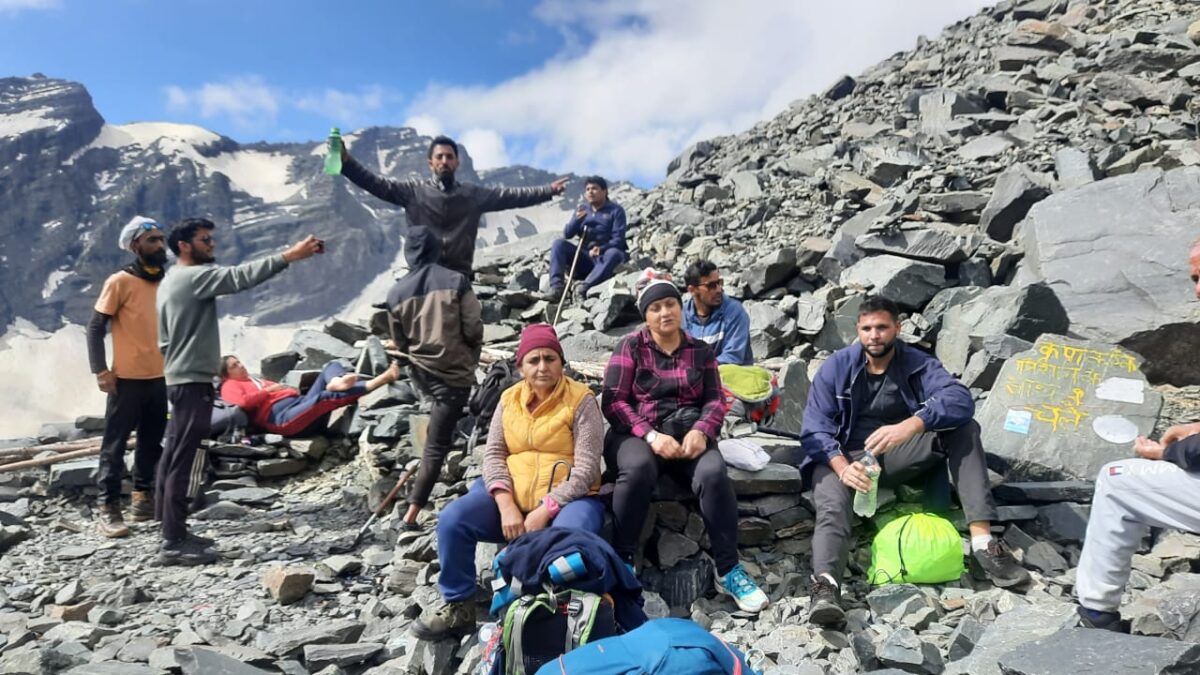 "
"
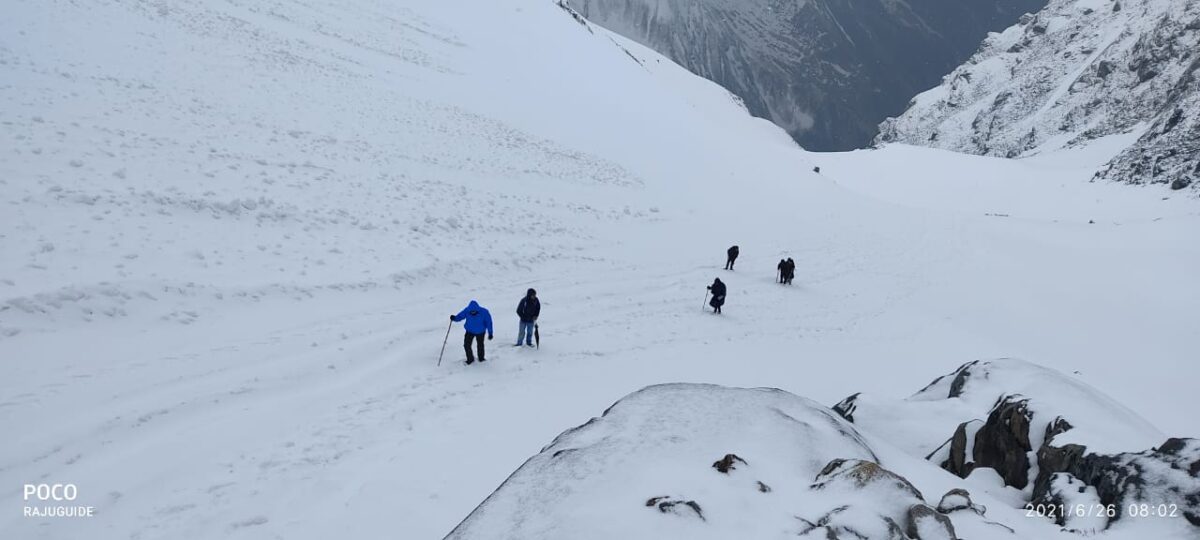 "
"
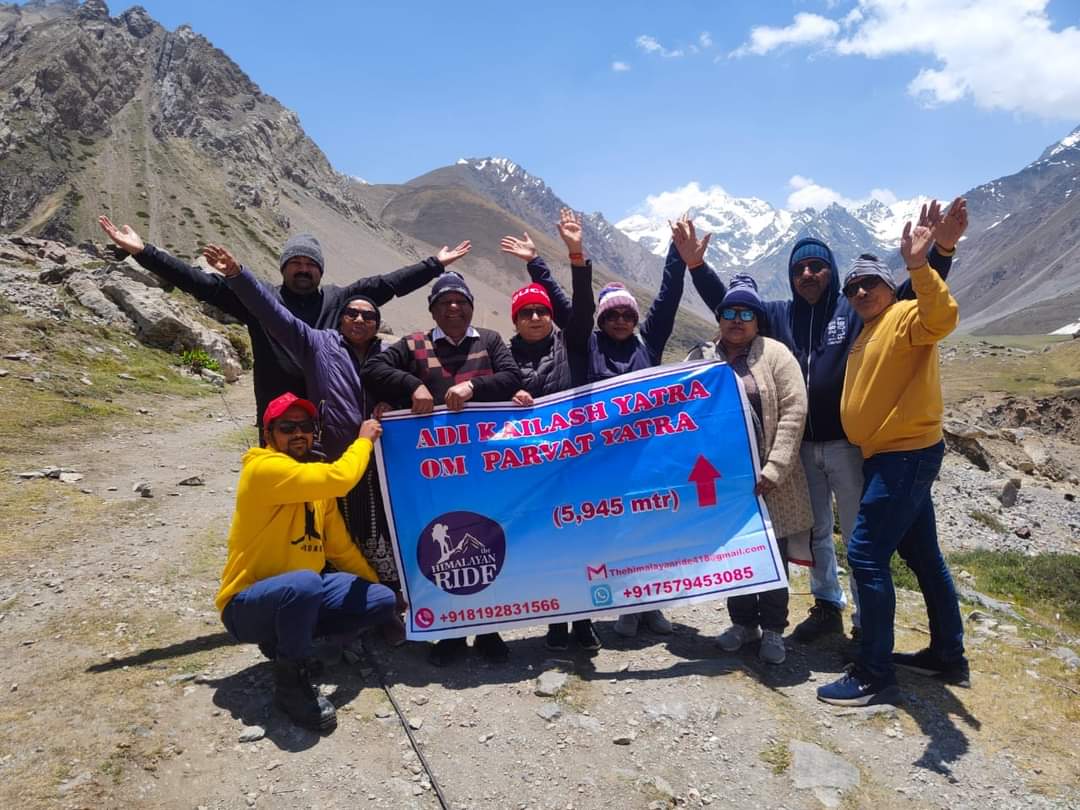 "
"
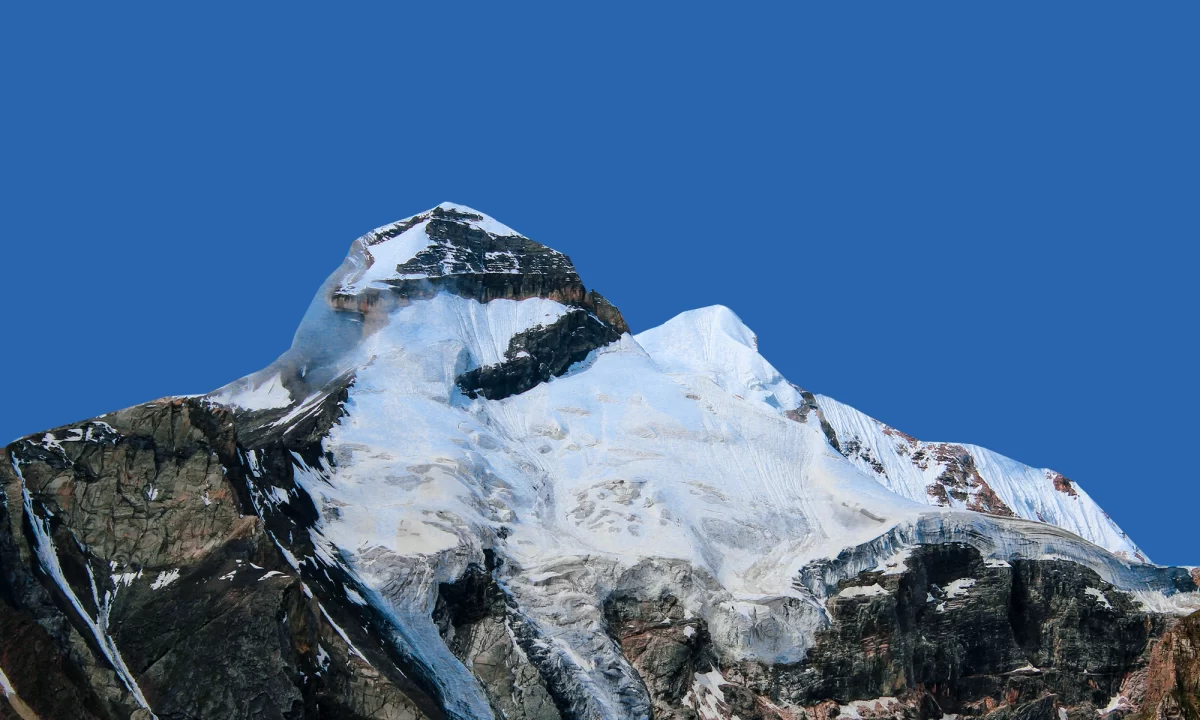 "
"